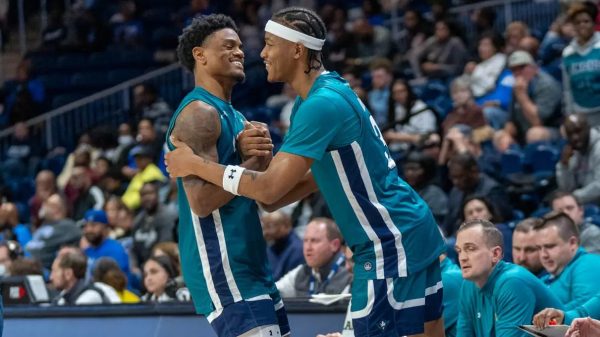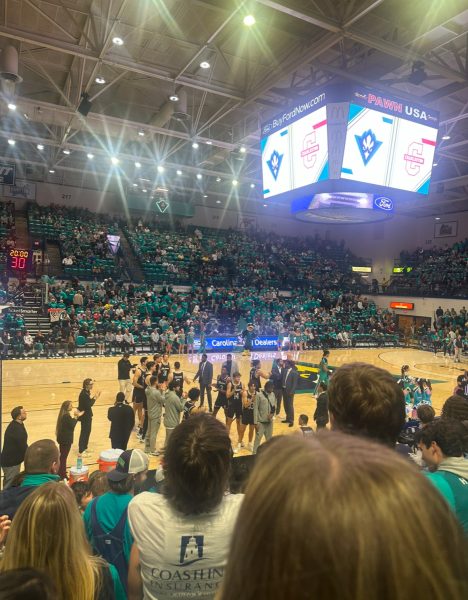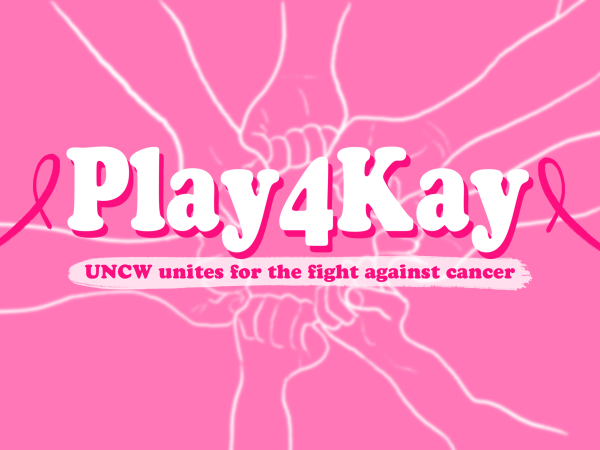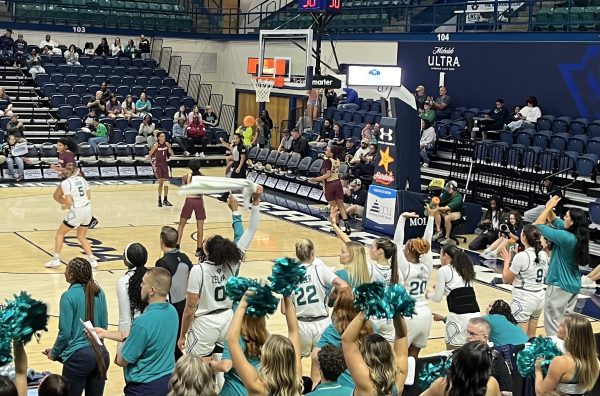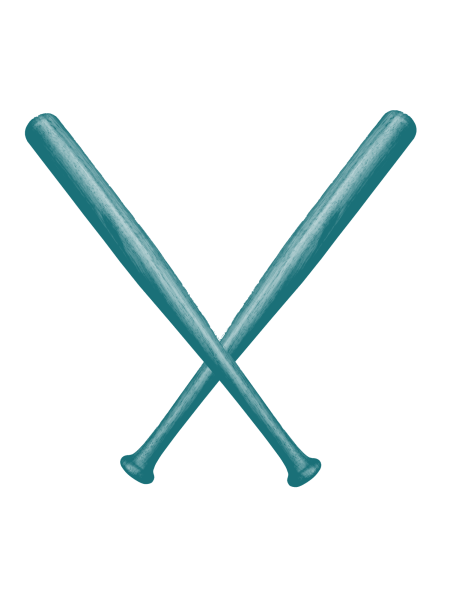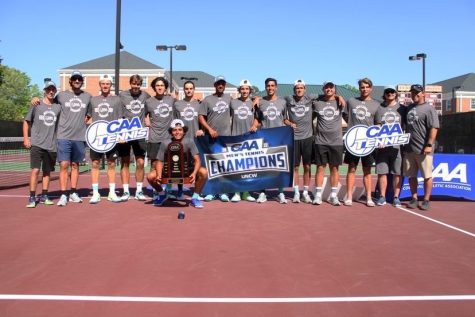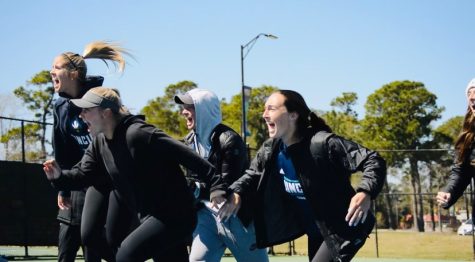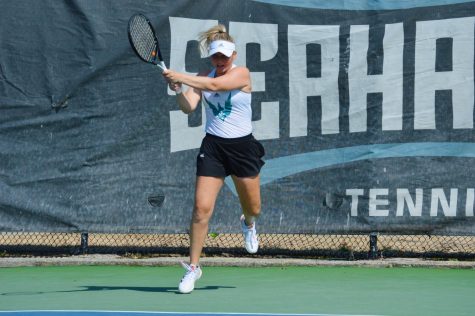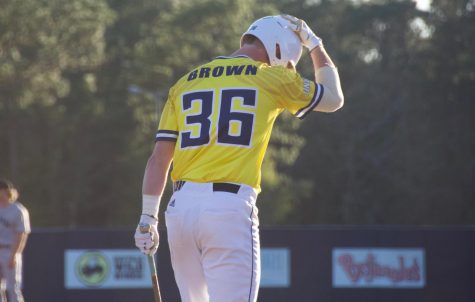Outside the lines: one man’s battle with himself
While many athletes sustain injuries and work extremely hard to come back even stronger than before, at times it can be detrimental and keep players out of the game for a long time. Some athletes accept their fate of being out for an extensive period, while other athletes change not only their mindset but their physical ability as well.
Stuart Miller, a 49-year-old tennis player from New York, recently wrote a narrative essay for The New York Times detailing his struggles with training himself to use his right arm to play a game he had been performing left-handed for over forty years. Miller sustained multiple injuries to his left arm throughout his playing career, and it eventually came to a point where he could no longer play without experiencing excruciating pain.
“Adding more topspin led to tendon and cartilage damage in my left wrist, requiring three months in a brace and physical therapy,” said Miller. “Hitting and pitching thousands of baseballs while coaching my sons’ teams left me with constant elbow pain.”
Something had to change. He decided it had to be his playing hand.
“I decided to give my left arm the summer to recuperate by learning to play tennis right-handed,” said Miller.
Miller was forced to re-learn nearly every fundamental. Things that were once considered easy became a challenge and nothing came natural.
“I wasn’t even sure how to grip the racket,” Miller said. “I’ve always used a two-handed backhand but needed to rest my left arm, so I was learning a one-hander.”
Progress became increasingly frequent for Miller as he went from not being able to return a single shot to volleying anything that was thrown at him.
Freshman Elizabeth Bobbitt is a student here at the University of North Carolina-Wilmington who can closely relate to Miller’s struggle. Bobbitt continually suffered multiple injuries to her dominant right arm throughout her eleven years of playing tennis. Her injuries included a torn labrum in her shoulder, a tear in her rotator cuff, and nerve impingements and compression. After she was cleared to play again, she made the decision to switch to her left arm.
“It wasn’t as hard as you’d think,” said Bobbitt. “I knew the technique of what I was doing and the whole conversion process took around three weeks.”
Although injuries have the ability to affect an athlete both mentally and physically, it can never stop the athlete from trying something new in order to get back in the game.



